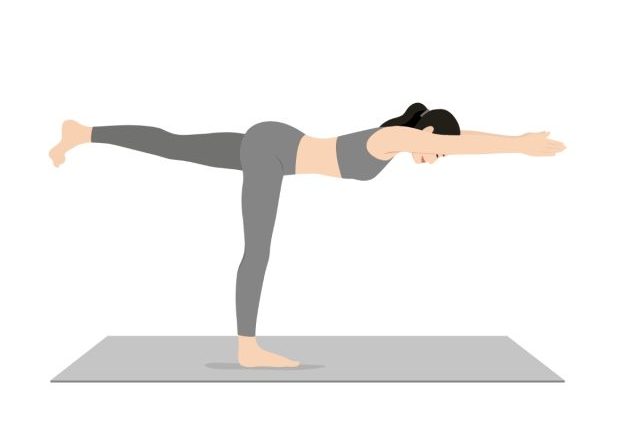Equilibrium, a frequently overlooked aspect of total fitness, is crucial in our everyday routines, athletic performance, and in guarding against injuries. Whether you’re a dedicated sportsperson aiming for better quickness or someone interested in improving steadiness to lower the chance of falls, adding specific balance exercises into your daily exercise regimen is essential. This is the reason I have selected five of the top exercises designed to restore your balance and keep you agile and dynamic as time goes by.
To my clients who wish to boost their balance, I suggest these workouts not just for recovery but also for significant balance improvement. Each exercise routine comprises three detailed movements, complete with step-by-step guidance, the number of sets, and repetitions, ensuring a comprehensive approach to increased stability and agility.
Continue reading to discover my top five exercises to reclaim your balance. And once you’ve done that, don’t forget to explore The Best Daily Workout To Boost Endurance.
Workout #1: Yoga for Balance
Yoga seamlessly blends physical postures with mindfulness. Beyond its flexibility benefits, yoga serves as an effective tool for cultivating balance. The following poses are tailored to instill a sense of stability.
1. Tree Pose
Stand on one leg and gently bring the sole of the other foot to your inner thigh or calf. Find a focal point to help with balance, and hold for 30 seconds to one minute on each leg. Repeat for two sets, gradually extending the duration as you feel more comfortable.
2. Warrior III
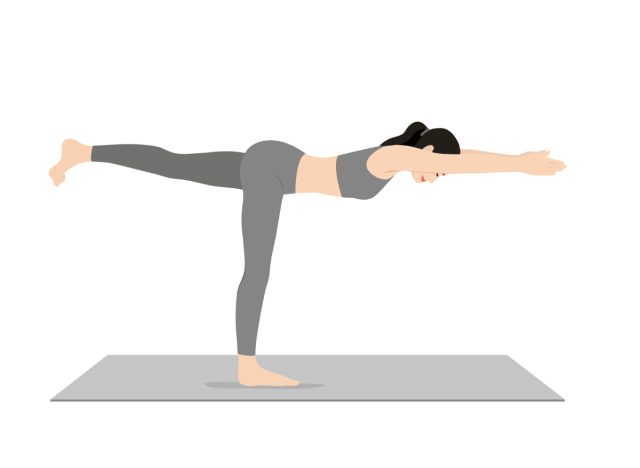

Begin in a standing position, and shift your weight to one leg. Hinge forward from your hips, extending the opposite leg straight back while reaching your arms forward. Hold for 20 to 30 seconds on each leg, aiming for two sets.
3. Downward Dog Split
Start in a plank position, lift one leg toward the ceiling, keeping your hips square. Hold for 20 seconds, switch legs, and repeat. Perform two to three sets, focusing on controlled breathing throughout.
Workout #2: Stability Ball Circuit
Welcome the element of instability into your routine with a stability ball circuit, elevating your core engagement and overall equilibrium. These exercises not only challenge your muscles in unique ways but also enhance your body’s ability to adapt to different surfaces.
1. Stability Ball Squats
Stand with the stability ball against a wall, positioning it between your lower back and the wall. Perform squats by bending your knees and lowering your hips, keeping the ball stable. Aim for three sets of 12 to 15 reps, maintaining a controlled pace.
2. Single-Leg Stability Ball Leg Curls
Lie on your back with your heels on the ball, and lift your hips toward the ceiling. Curl the ball toward your hips using one leg, then extend it back out. Perform two sets of 10 to 12 reps on each leg, focusing on smooth movements.
3. Plank with Stability Ball Rollout
Start in a plank position with your forearms on the stability ball. Roll the ball forward, extending your arms, then pull it back to the starting position. Aim for two sets of 12 to 15 repetitions, engaging your core throughout.
Workout #3: Tai Chi-Inspired Movements
Explore the ancient wisdom of Tai Chi with these gentle yet powerful movements.
1. Weight Shifts
Stand with your feet hip-width apart, shifting your weight from one foot to the other. Begin slowly and gradually increase the speed while maintaining balance. Incorporate two minutes of weight shifts into your warm-up routine.
2. Single-Leg Balance Reach
Stand on one leg with a slight bend in the knee. Extend the opposite leg forward, and reach your arms forward. Hold for 20 seconds on each leg, repeating for two sets.
3. Cloud Hands
Stand with your feet shoulder-width apart, knees slightly bent. Rotate your torso to one side, allowing your arms to follow in a flowing motion. Repeat for one minute on each side, aiming for two sets.
Workout #4: Functional Strength Training
Functional strength training goes beyond muscle isolation, incorporating movements that mimic daily activities and enhancing overall stability.
1. Single-Leg Deadlifts
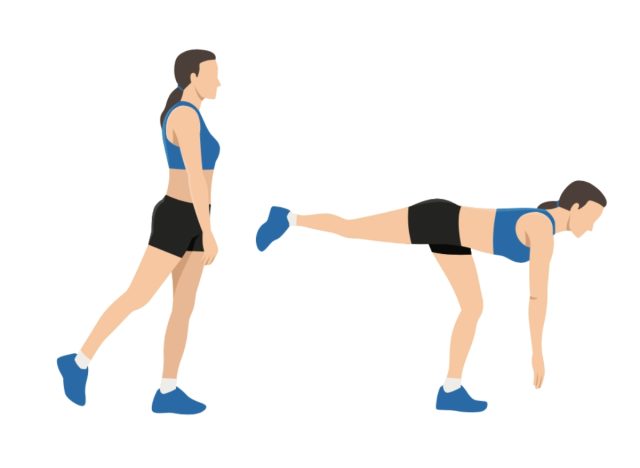

Stand on one leg, hinge at your hips, and lower your torso as you lift the opposite leg behind you. Aim for three sets of 10 to 12 reps on each leg, maintaining a straight back.
2. Lateral Lunges
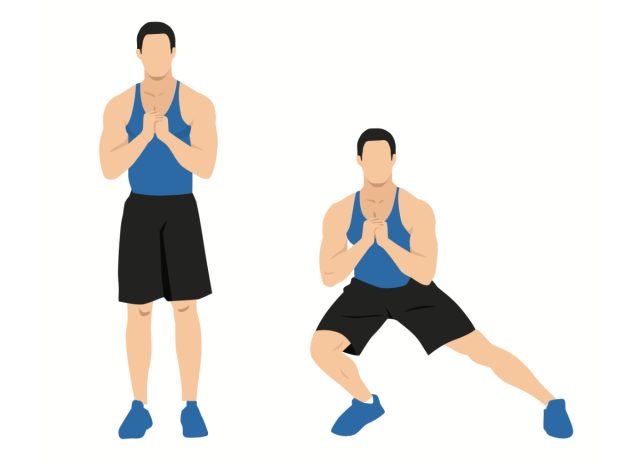

Take a step to the side, bending one knee while keeping the other leg straight. Perform two sets of 15 reps on each leg, alternating sides.
3. BOSU Ball Squats
Stand on the flat side of a BOSU ball, performing squats. Complete three sets of 12 to 15 reps, ensuring a stable stance.
Workout #5: Pilates for Core Stability
Engage in Pilates, renowned for its emphasis on core strength, adding a layer of stability to your fitness routine and enhancing overall body control and coordination.
1. Single-Leg Circles
Lie on your back, lift one leg, and draw controlled circles in the air with your toes. Perform two sets of 10 circles in each direction on each leg, keeping your core engaged.
2. Swan Dive
Lie on your stomach, lift your upper body, and extend your arms forward. Hold for 15 seconds, aiming for three sets, focusing on lengthening your spine.
3. Side Plank with Leg Lift
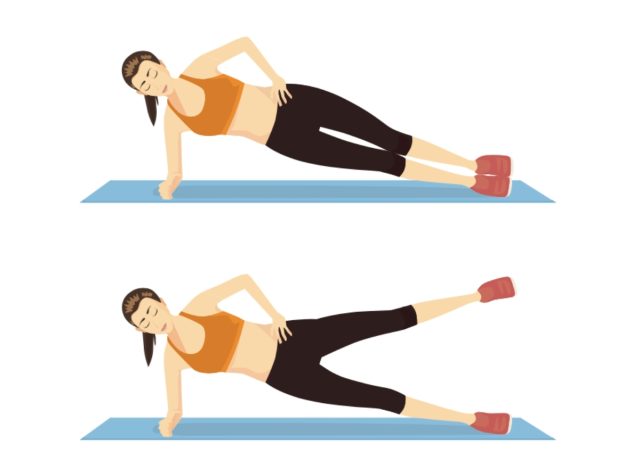

Lift your top leg while holding a side plank position. Complete two sets of 12 leg lifts on each side, maintaining a straight line from head to toe.
Frequently Asked Questions (FAQs)
Why is balance important in workouts?
Balance plays a crucial role in workouts because it helps improve overall coordination, reduces the risk of injury by enabling you to control your body’s position effectively, and enhances your ability to perform daily activities and sports-related skills with better efficiency and effectiveness.
What are the best workouts to improve balance?
1. Tai Chi
Tai Chi is often recommended for balance improvement due to its slow, deliberate movements, focus on breath control, and the need for concentration on bodily movements. This practice not only helps improve balance but also flexibility and strength.
2. Pilates
Pilates focuses on core strength, flexibility, and mindful movements, making it ideal for improving balance and overall fitness. Its emphasis on controlled, precise movements helps in enhancing coordination and stability.
3. Yoga
Yoga involves a variety of poses that challenge your balance, strength, and flexibility. Poses like Tree Pose, Warrior III, and Half Moon are particularly effective for developing better balance.
4. Stability Ball Exercises
Using a stability ball for exercises forces you to engage your core muscles to maintain balance, which in turn improves your overall stability. Exercises can range from basic sitting or standing balance to advanced moves like ball push-ups or planks.
5. Single-Leg Movements
Exercises that focus on single-leg movements, such as single-leg squats, lunges, or deadlifts, are excellent for challenging your balance and building strength in the lower body and core muscles simultaneously.
How often should I practice balance exercises?
For best results, incorporate balance exercises into your workout routine 2-3 times a week. However, the frequency can vary depending on your fitness level, goals, and other forms of physical activity you engage in. It’s also beneficial to include brief balance challenges in your daily life, like standing on one foot while brushing your teeth.
Can balance exercises help prevent falls?
Yes, balance exercises are highly effective in preventing falls, especially in older adults. By improving your ability to control and stabilize your body, you reduce the risk of falls, which can lead to serious injuries. Regular practice of balance exercises is recommended for fall prevention.
Do I need any special equipment for balance workouts?
While some exercises may benefit from props like stability balls, yoga mats, or foam pads, many effective balance workouts require no special equipment at all. Exercises like standing on one leg, walking heel to toe, or practicing Tai Chi can be done with just your body and enough space to move safely.
Are balance workouts suitable for beginners?
Absolutely! Balance workouts can be adapted for any fitness level. Beginners should start with basic exercises and gradually progress to more challenging tasks as their balance improves. It’s important to go at your own pace and focus on form to prevent injury.
How quickly can I see improvements in my balance?
Improvements in balance can be seen relatively quickly with consistent practice, often within a few weeks. However, the rate of improvement can vary based on individual fitness levels, the frequency of practice, and the variety of exercises performed. Consistency is key to seeing ongoing improvements.

